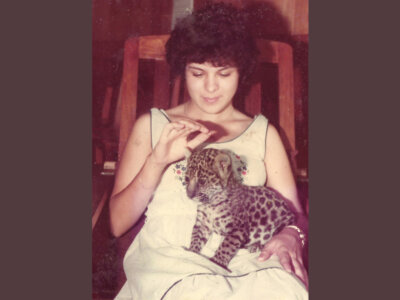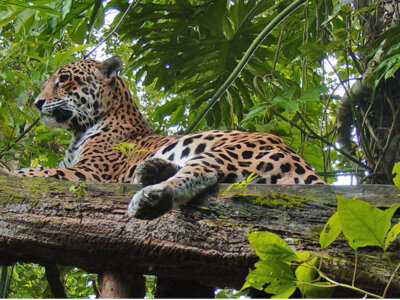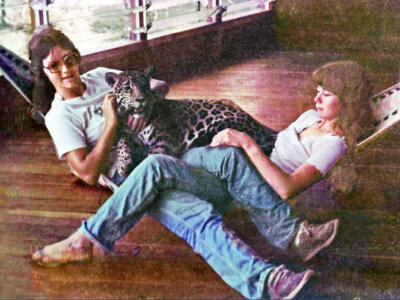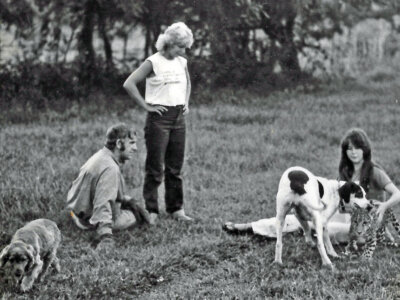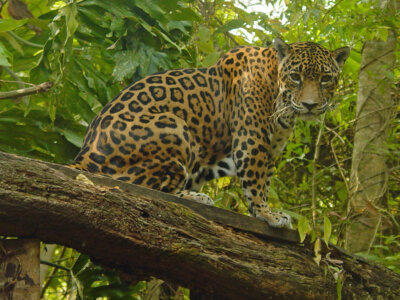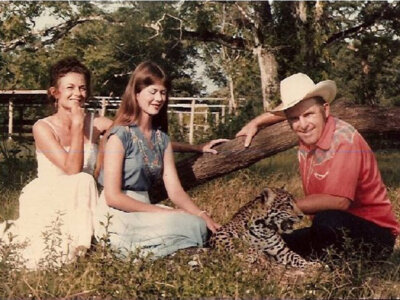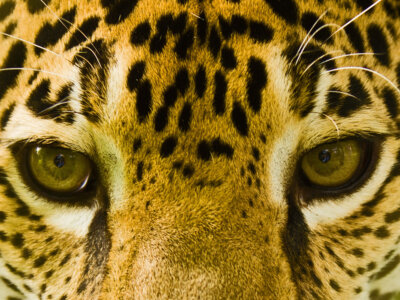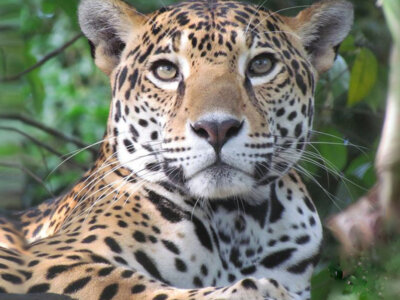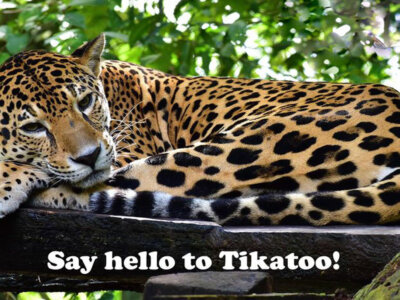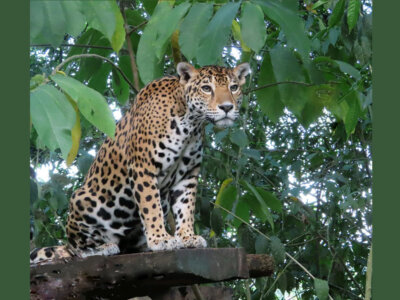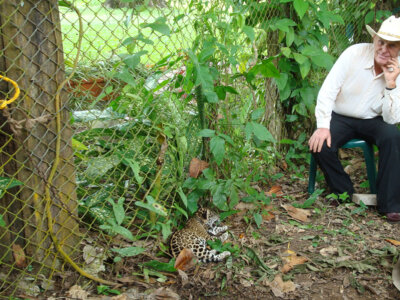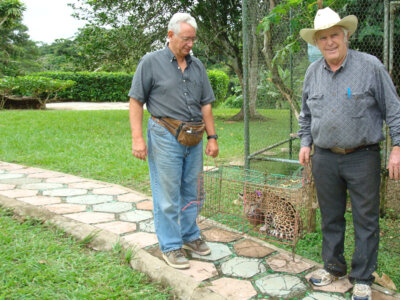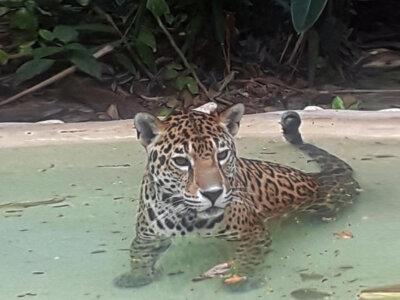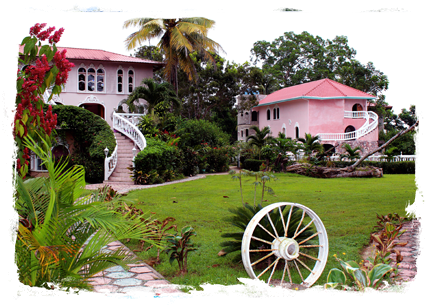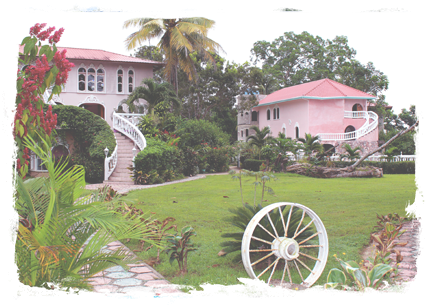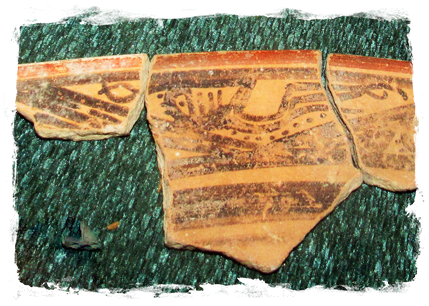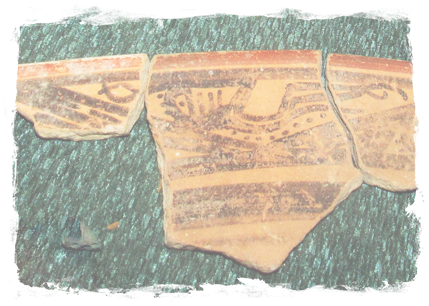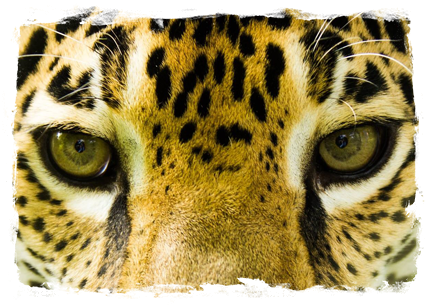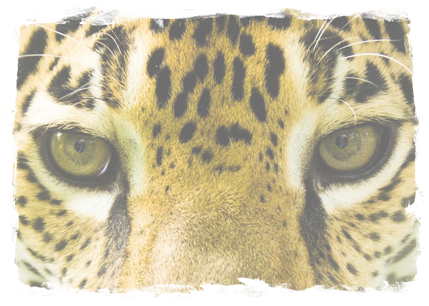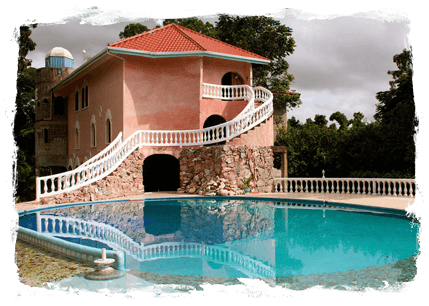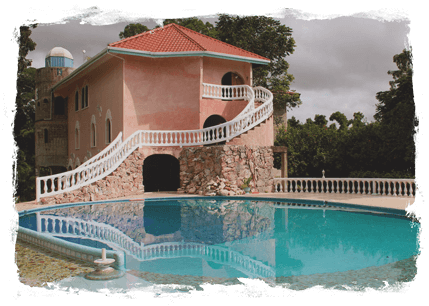Jaguars have a unique genetic code that governs their behavior. They do not form tribes, packs, herds or prides such as other big cats. They are total loaners, coming together only to mate. The young stay with the mother until they are old enough to make it on their own and then they go their own way. There is really no taming a jaguar. They do not respect authority of respond to discipline.
They won’t submit or obey. Sometimes Tikatoo rewards us with the most delightful interaction but always on her terms. It would be wonderful if we lived in a perfect world where all God’s creatures could roam free and be well fed. Alas that is not the case. We give her the best care we know how and pray she lives to be 25 years old as did her predecessor, which is about 5 years past the norm.
Realizing that dusk was falling and not wanting to find myself out in the jungle with no equipment, I turned to head back towards camp and realized that the jaguar I had been tracking had circled round and had been tracking me for quite a while, his prints in my footsteps. It’s rare to see a jaguar in the jungle here, yet in front of me was a large male. I was blocking his way back to the jungle and he was blocking my way back to camp. I knew not to turn and run – with cats you should make yourself large and dominant – but instead I squatted down and stared. The jaguar then did something very unusual. He sat down, and just stared back. I didn’t feel immediately under threat but not sure what to do, I decided to slowly back away. As I moved away I tripped, landing flat on my back, totally exposed to this powerful, wild cat. My heart was racing – I thought this could well be my end. Then, as I lay on the ground the jaguar got up and walked past, off into the jungle.





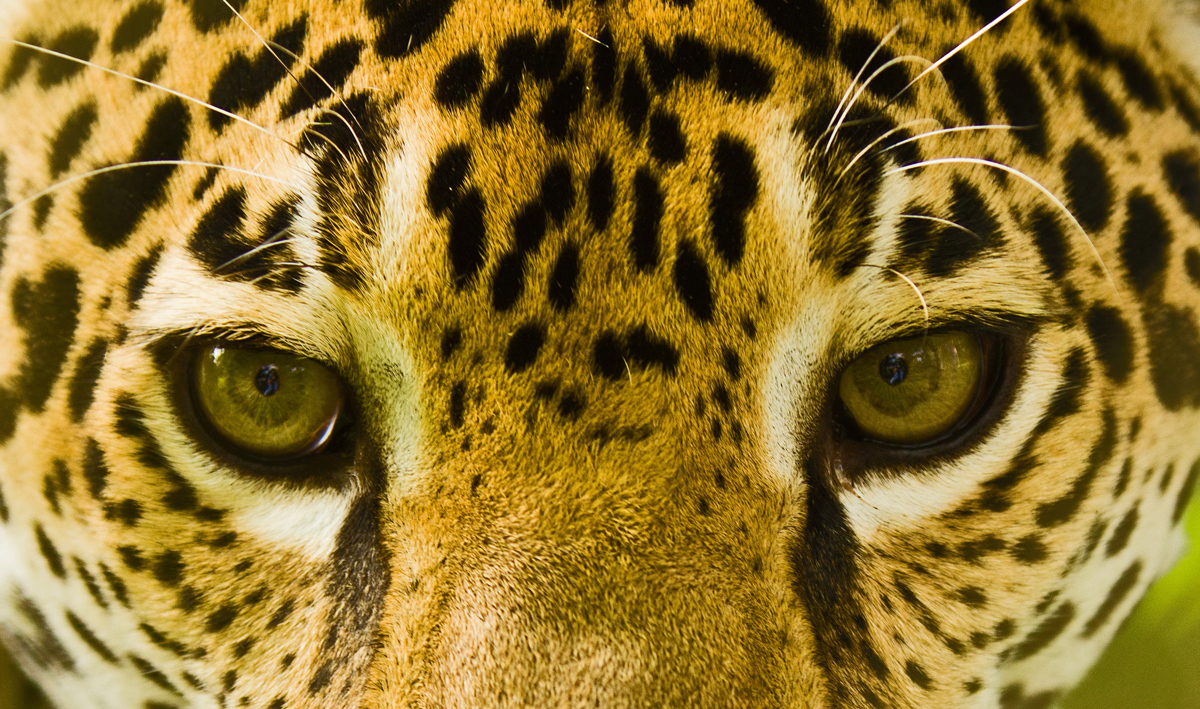
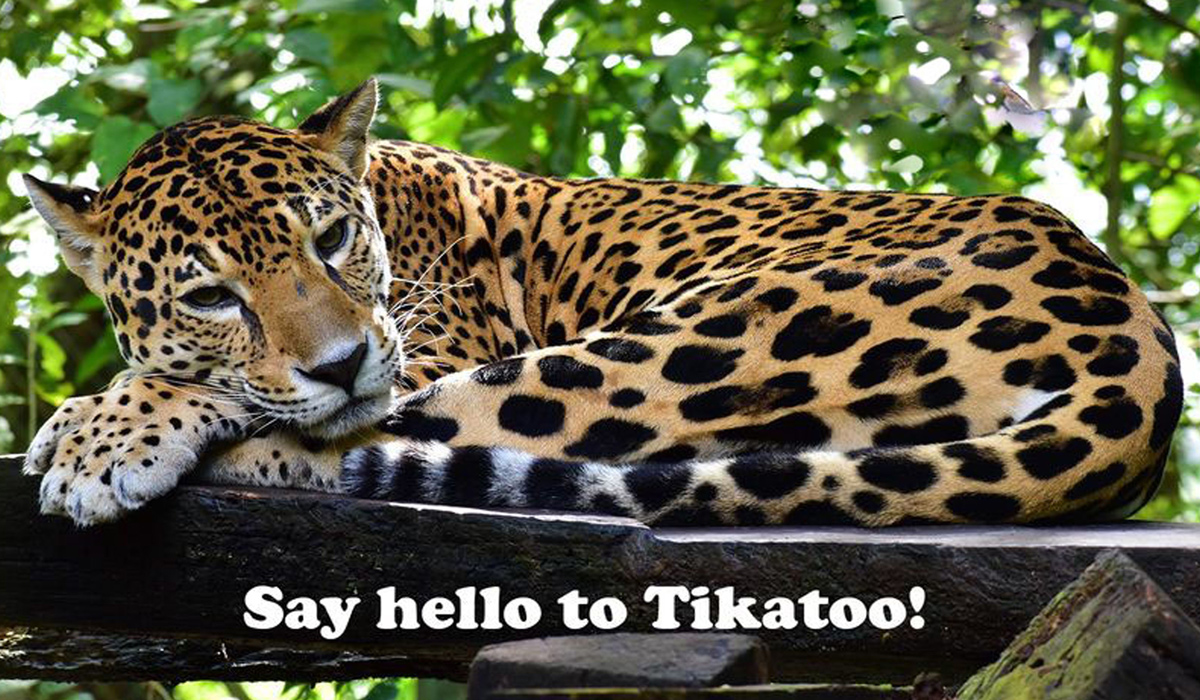
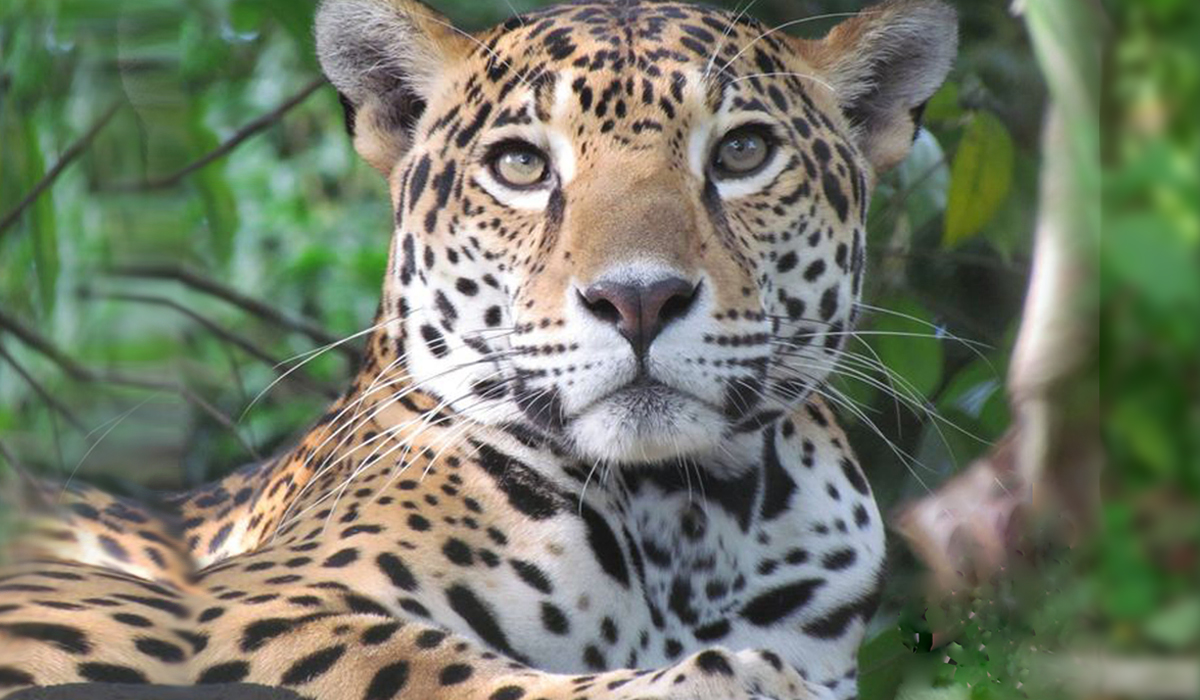
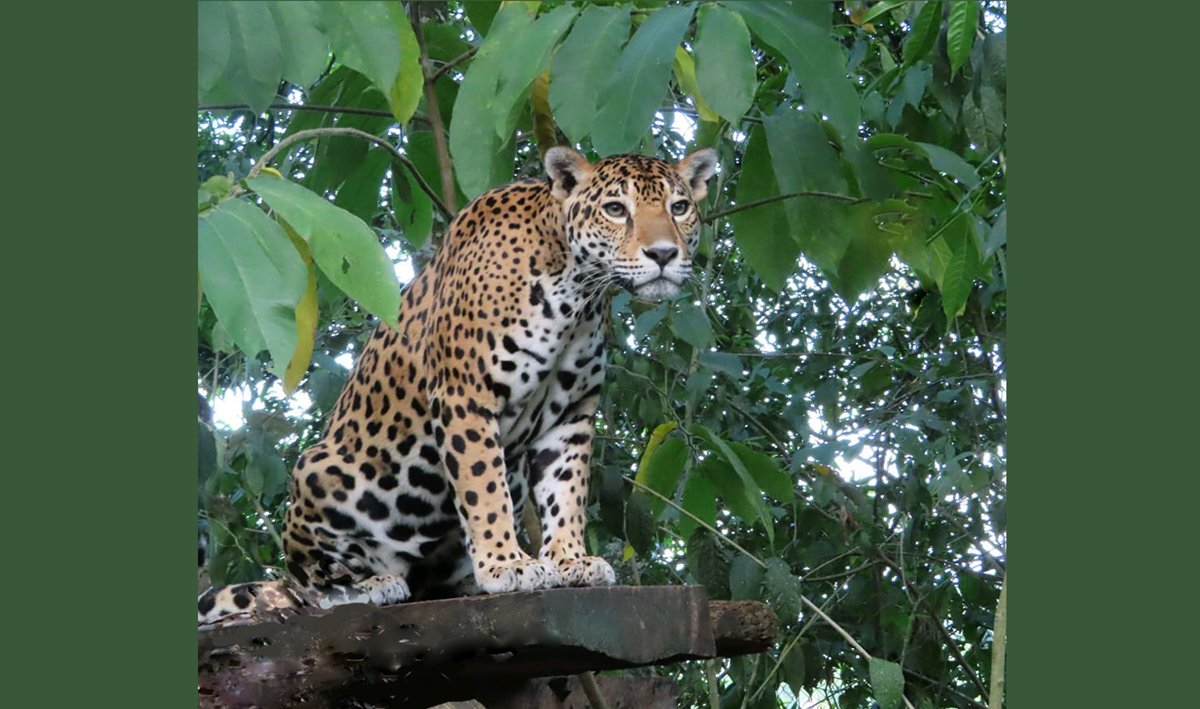
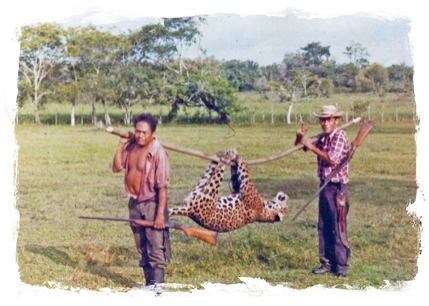 The story of jaguar at Banana Bank goes about as far back as one wants to go, back to the time of the Mayan when the B’alams
The story of jaguar at Banana Bank goes about as far back as one wants to go, back to the time of the Mayan when the B’alams 